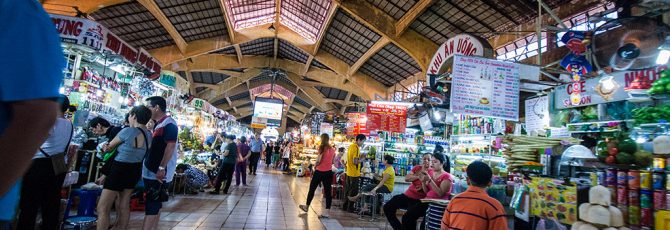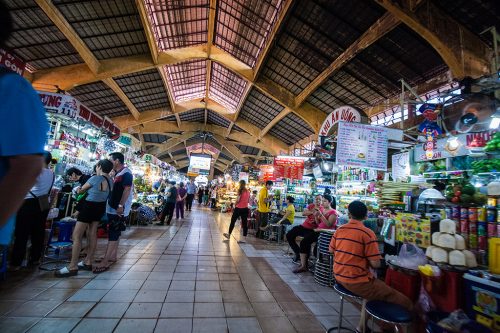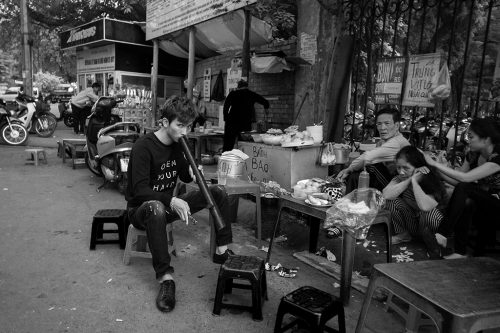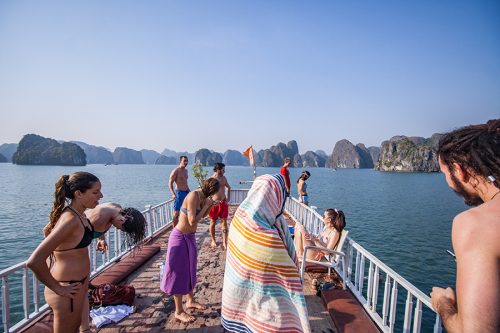23. Have your Viber and WhatsApp accounts already created
If you’re a solo traveler on a short trip like me, or going on a longer adventure, you should sign up for Viber and WhatsApp before you leave.
A lot of the people you meet, both locals and travelers, are going to be using one or the other for communication. Remember, you switched your SIM cards at the airport and there’s no more texting from your US phone number, for the duration of your trip.
(Unless you use Google Voice: I was still able to text people from my phone, and computer, with my normal phone number. That’s because I use Google Voice instead of my phone on-board number. Because Google Voice is an application that sends text over the internet, I could still send and receive texts like normal. However, that is a choice I made many years ago, when I changed numbers.)
That’s where Viber and WhatsApp come in, especially when you want to text your new-found friend what time you’re going to catch the bus, or if they want to go to dinner, or anything else.
You can always email, but that’s so much clunkier.
I personally learned the lesson the hard way (in 2016) when I had to sign up for both types of accounts with my Vietnam phone number, and then try to switch everything back over to my US number.





